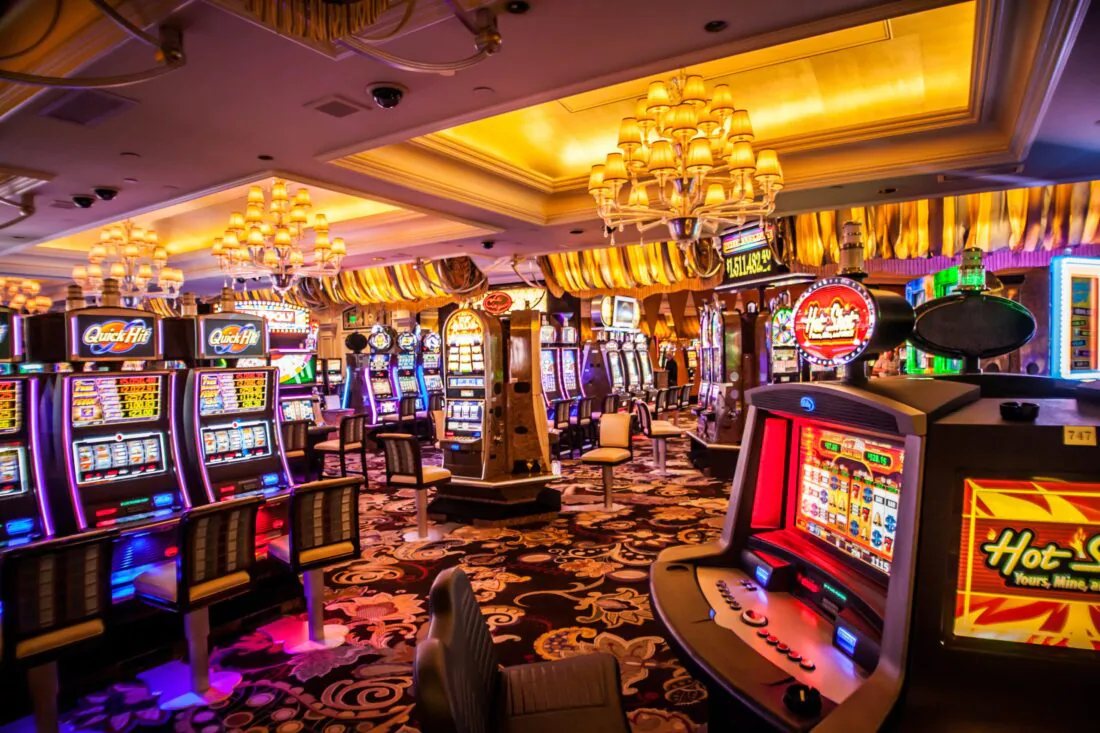
Casino experiences have long captured the interest of humans around the planet, becoming an essential part of both entertainment and tradition. From the sparkling lights of Nevada to the engaging experience of online gaming, these experiences evoke enthusiasm, risk, and sometimes even a sense of remembrance. They are more than simply entertainments; they have woven themselves into the fabric of society, influencing everything from movies and songs to style and writing.
The charm of casino games goes beyond the wagering aspect, tapping into larger themes of serendipity, chance, and psychology. As players convene around a poker table or rotate the wheel of fortune, they engage in an timeless ritual that resonates with our shared desire for excitement and uncertainty. This obsession has led to the growth of countless references in films, tracks, and electronic games, showcasing how intensely entrenched these pastimes are in pop culture. Whether it is the intense drama of a classic robbery film or the colorful nightlife portrayed in music videos, casino games have carved out a substantial place that reflects our bond with risk.
Cultural Significance of Gambling Activities
Casino games have played a pivotal role in cultural aspects throughout the ages. Stemming from old civilizations, forms of chance were often connected to rituals or gatherings. For instance, early forms of these activities can be traced back to historic Chinese and the Roman Empire, where dice games and betting on results were common pastimes. These activities not only functioned as entertainment but also as means of connecting people, facilitating relationships among people within communities.
As cultures evolved, so did the complexity and structure of gambling games. The creation of formal casinos in the 17th century, particularly in the Italian region, marked a major shift in how games were perceived and organized. With specific spaces for gambling, the casino became a community center where patrons from various backgrounds convened. This evolution contributed to the legitimization of the industry, transforming it from a mere pastime into an organized industry that shaped the economy and regulations.
The impact of gambling activities on mainstream culture cannot be understated. As they were popularized in literature and film, games such as Texas Hold’em and 21 became symbols of chance, luck, and strategy. Famous figures and stories have developed around these games, illustrating societal attitudes towards luck, prosperity, and vice. This interest with casino activities has infiltrated various forms of media, solidifying their place in the public imagination and linking them to broader cultural narratives throughout history.
Depiction of Gambling Games in Media
Casino activities have long been a popular theme in various forms of media, reflecting both the thrill and nuances of the world of gambling. Movies such as Ocean’s 11 and Casino Royal portray figures who navigate high-stakes environments, showcasing not only the appeal of the gambling environment but also the tactics and judgments that come with playing popular games like Texas Hold’em and 21. These movies often dramatize the excitement of winning and the potential results of losing, encapsulating the risks involved in gambling.
TV programs have also explored the universe of gambling activities, often integrating them into the storyline as a backdrop for story progression and conflict. Shows like Vegas depict the stories of gambling employees and customers, highlighting the lively, often chaotic energy of the gaming floor. Reality shows featuring intense gambling competitions further emphasize the appeal of gambling activities, drawing viewers into the excitement and tactics involved in each game. Through these depictions, media not only entertains but also prompts conversations about fortune, expertise, and the nature of chance.
Gaming have increasingly included gambling activities into their design, allowing players to recreate the feeling of betting without financial exposure. Titles within the domain of digital gaming often include virtual slots, poker, and other popular casino games, creating an interactive experience that mirrors actual casino experiences. These virtual portrayals make gambling activities accessible to a global audience, appealing to both players who indulge and those who enjoy the thrill of simulation. As a consequence, the representation of casino games in media continues to shape public perception and cultural relevance, highlighting their place in entertainment and culture.
Impact of Gambling Activities on Society
Gambling activities have a meaningful effect on communities, affecting multiple facets of culture and social behavior. They often function as a venue for community engagement, where people come together to experience a shared experience. BET88 Casino trips with friends or trips to casinos become group events that foster connections and create memories. This communal aspect boosts the entertainment value of gambling activities, making them a popular choice for celebrations and recreational pursuits.
Additionally, gambling activities have been portrayed in countless movies, television shows, and written works, shaping perceptions and attitudes towards gambling and betting. Icons like James Bond competing in baccarat or the intense poker scenes in films have cemented these games in the shared imagination. This representation often glamorizes the culture associated with casino activities, drawing in new players and impacting trends in both fashion and behavior. These portrayals can spark curiosity and lead to a more profound investigation of the nuances of gambling.
However, there are also adverse implications associated with the popularity of gambling activities. The temptation of quick monetary gain can lead to problem gambling and economic troubles for some people. Society must contend with these issues, promoting responsible gaming and education of the risks involved. Finding a balance between the entertainment value of gambling activities with the risks is vital to ensure that they remain a beneficial aspect of our cultural landscape.